One of the most important things landlords ask for today is proof of renters insurance. This proof shows a tenant has insurance that protects their stuff and covers liability. If you are a tenant or landlord, knowing how to get and show this proof can save time and trouble later.
We will explain what proof of renters insurance means, what documents count, and how to share it with landlords. From understanding the renters insurance declaration page to answering if this proof can also show your address, LeaseRunner covers all you need. This clear guide helps tenants follow rules and landlords check insurance fast and easily.
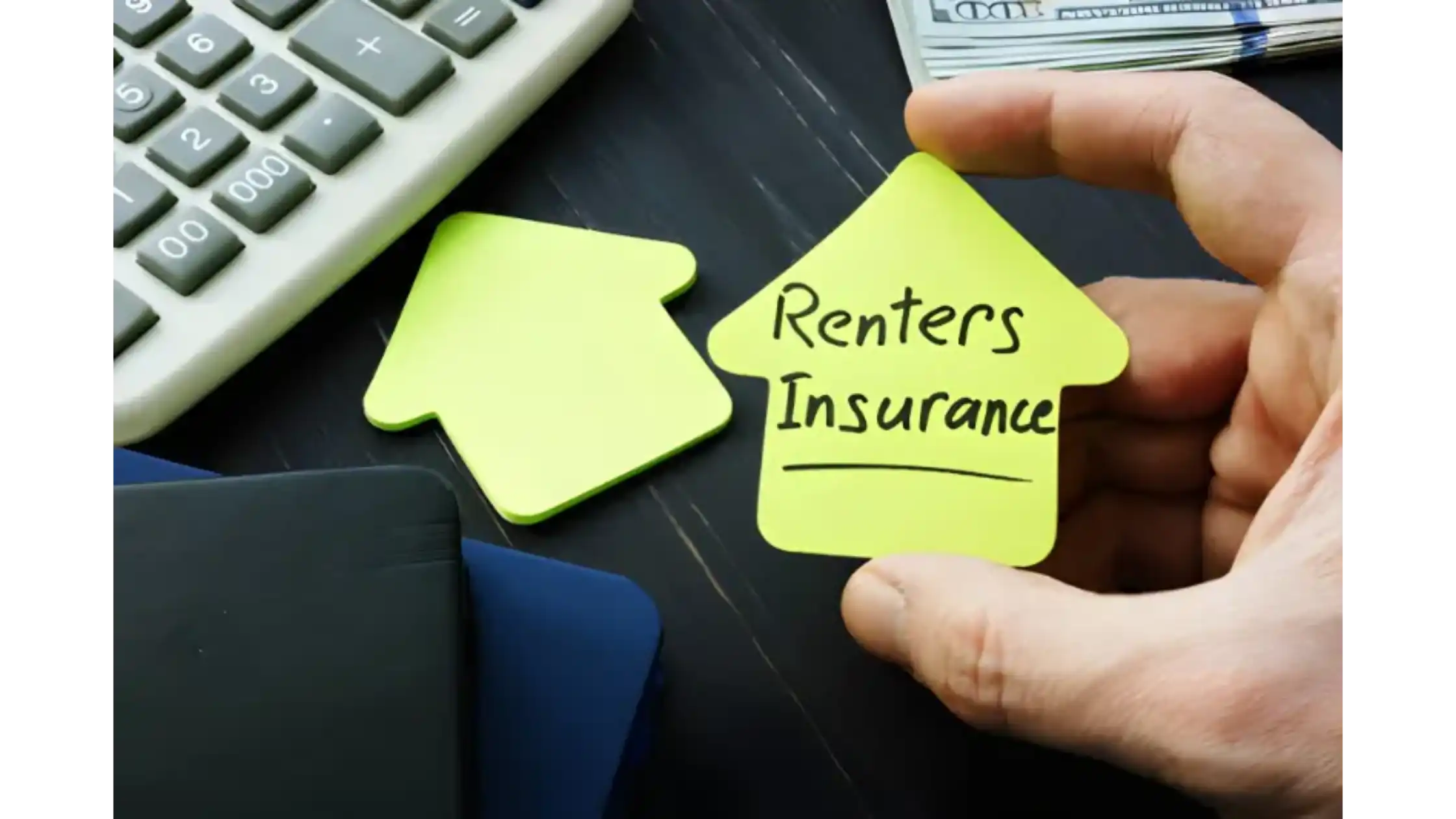
What Is Proof of Renters Insurance?
Proof of renters insurance is an official document (paper or electronic) that confirms a tenant has a current renters insurance policy in place. This proves to landlords that the policy's financial obligations, such as liability limits and deductibles, are covered. This protects the tenant's belongings and lowers risks for the landlord.
The main parts of this proof include the tenant’s name, the insurance company, the policy number, and coverage dates. The three most common types of proof are the Declaration Page, the Certificate of Insurance, or a letter from the insurer.
- The Declaration Page is the most common form; it is a summary of the policy, listing key details like coverage limits and insured parties. Understanding your policy helps you secure adequate coverage, particularly knowing that some standard policies may not cover certain natural disasters, like floods.
Tenants can also add the landlord as an “interested party” on the policy so the landlord gets notices if coverage changes or ends.
- Other valid forms include a Certificate of Insurance or a letter sent directly from your insurer confirming coverage, which serves as quick verification of the Declaration Page details.
For example, when a tenant buys renters insurance, they can log into their insurance provider’s website and download the declaration page as a PDF. They then email this PDF to the landlord as proof of renters insurance.
In simple terms, proof of renters insurance means any official document that confirms tenants have renters insurance coverage. This helps protect both parties from financial loss due to accidents, theft, or damage. More detailed advice on rental insurance coverage can be found in our guide on what renters insurance covers.
Why Landlords Require Proof of Renters Insurance?
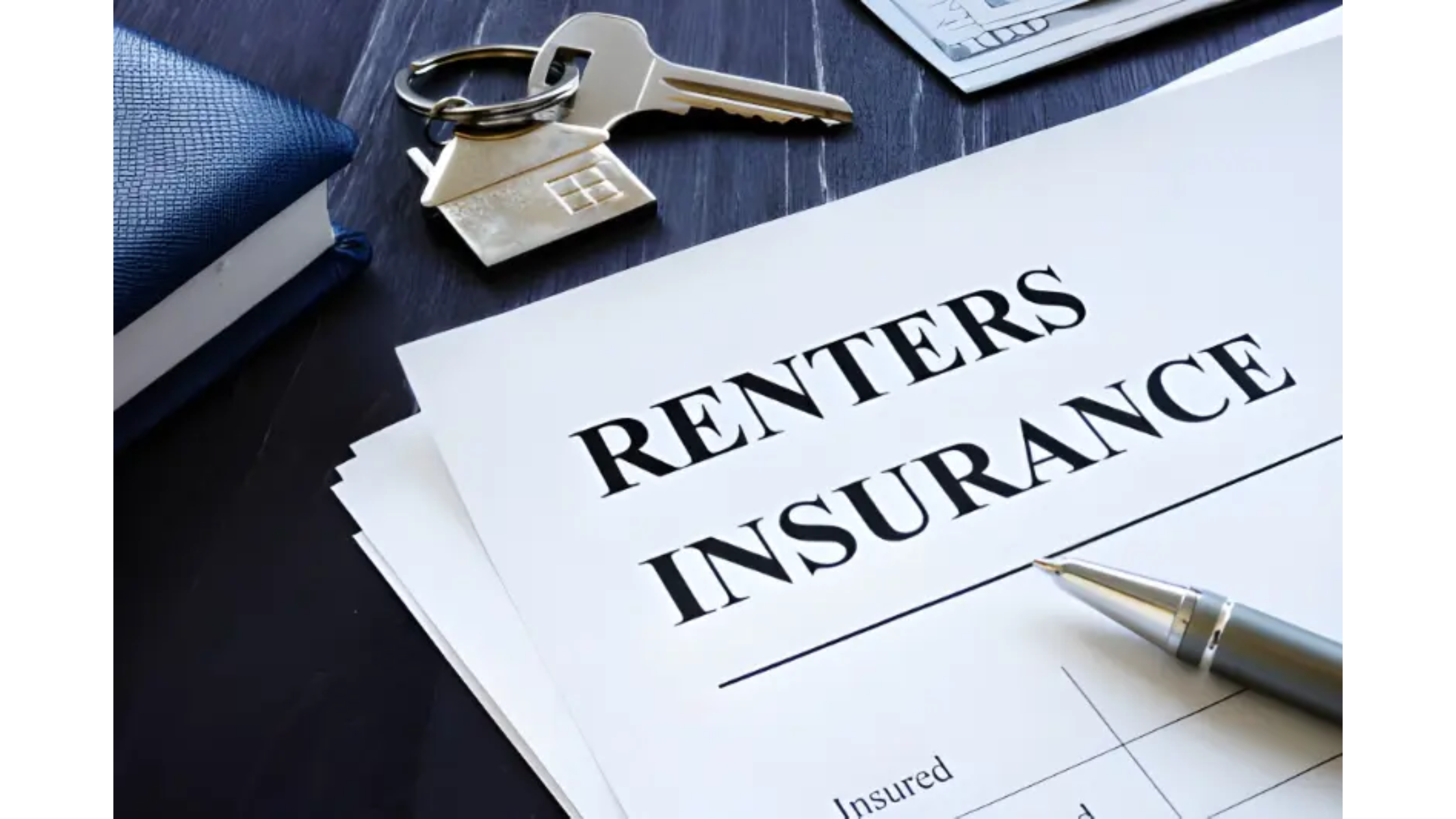
Landlords ask for proof of renters insurance to guard their property and themselves. Their insurance covers only the building, not the tenants’ belongings or any damage they cause. For instance, if a tenant floods the apartment, the landlord’s insurance won’t cover the tenant’s stuff or the costs caused by the tenant. The tenant’s renters insurance usually covers these.
A strong policy ensures that incidents of negligence or accidental damage are covered, reducing out-of-pocket costs for property damage. Leases usually require tenants to show proof of renters insurance before moving in. A common example is submitting the renters insurance declaration page. This page lists policy details like coverage amounts, policy number, and valid dates.
Listing the landlord as an interested party on the insurance helps them receive direct notifications if coverage changes or is canceled. Many landlords verify insurance by contacting the company or using renters insurance verification tools. These help confirm the policy is active and meets lease terms.
In states like California, landlords can make renters insurance a lease rule. It helps landlords manage risks and protect their buildings.
For tenants, you should keep a copy of your proof and update the landlord on any policy changes. For landlords, track insurance expiration dates and verify coverage regularly.
What Can Be Used as Proof of Renters Insurance?
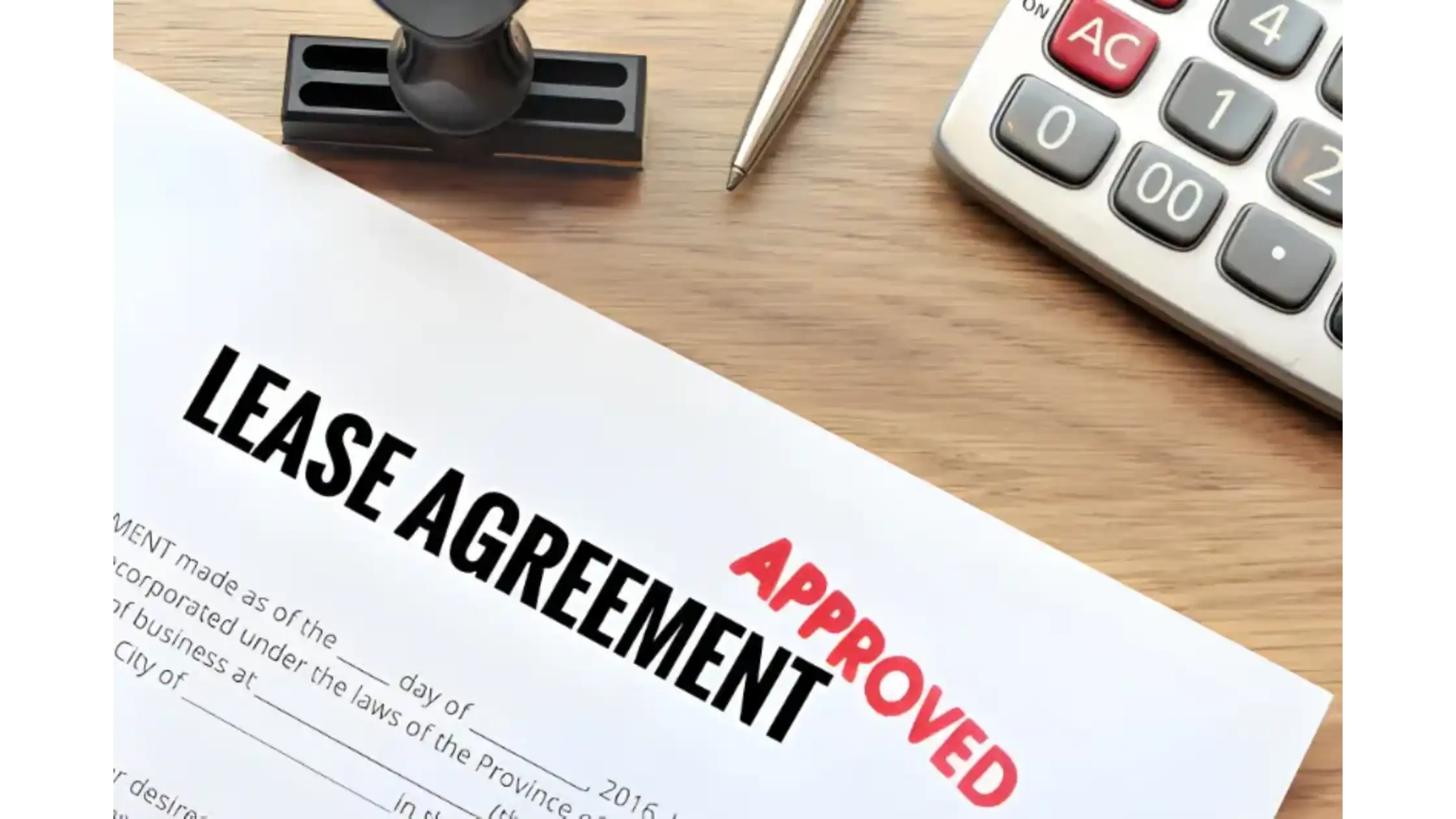
Tenants have several ways to show they have renters insurance. Different documents can work as proof of renters insurance depending on what the landlord wants.
Renters Insurance Declaration Page
The most common option to be shown as proof of renters insurance is the Declaration Page. This page is usually the first in the policy documents and shows key details. It lists the tenant's name, the policy number, coverage amounts, start and end dates, and who is insured.
The extent of this coverage will determine your final premium, so it's wise to review the average renters insurance cost when making decisions about your limits. For example, after buying renters insurance, a tenant can log in to their insurer’s website and download this declaration page. Sending a PDF copy to the landlord meets most lease requirements.
Communication Directly from Your Insurer
Sometimes, landlords want direct verification. The tenant can ask the insurance company to send confirmation straight to the landlord as strong proof of renters insurance. This can be a letter or email stating that the policy is active. This method helps bypass misunderstandings or lost documents.
For example, if a tenant moves into an apartment managed by a big company, the insurer might contact the property manager directly to confirm coverage.
Listing Your Landlord as an “Interested Party"

Tenants can add their landlord as an "interested party" on their renters insurance. Adding the landlord this way means they get notified if the policy ends or changes, so that this way can become proof of renters insurance as well. Besides, this keeps landlords updated and confident that the tenant has valid insurance.
This is particularly important for tenants with pets, as this party should be alerted if any issues arise regarding pet liability insurance for renters. For example, when buying the policy, tenants inform their insurer and provide the landlord’s contact details. The insurer then shares updates with the landlord automatically.
Your Policy Number and Company Details
Some landlords accept a simpler form of proof of renters insurance. Instead of full documents, tenants provide the policy number and insurance company name. The landlord can verify coverage by contacting the insurer directly. This method is quick and lowers paperwork.
For instance, a tenant can share their policy number and insurer’s contact info during lease signing so the landlord can verify active insurance efficiently.
How to Get and Show Proof of Renters Insurance?
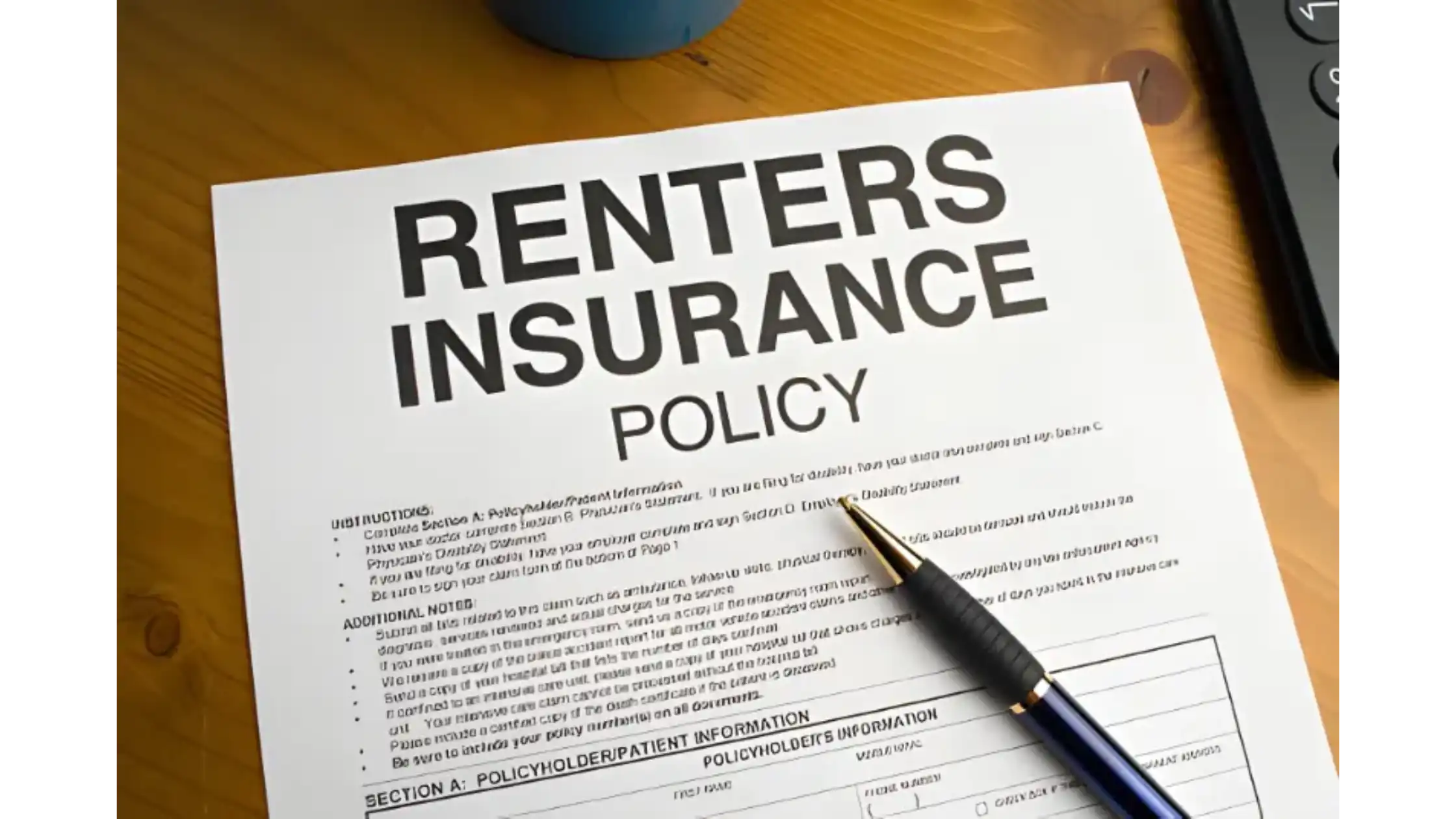
Having proof of renters insurance is important for tenants and landlords. It shows tenants have coverage to protect their things. Landlords see it as proof that risks are lower. Knowing how to get and show this proof can make renting easier.
5-Steps to Get Proof of Renters Insurance
Following these detailed steps will help the renters process of getting proof for insurance easier:
Step 1: Buy Renters Insurance from a Trusted Company
Choose a reputable insurance company. You can buy renters insurance online or through an agent. Make sure it covers your needs, like protecting your property and liability.
Step 2: Ask for Your Renters Insurance Declaration Page
After buying insurance, request your renters insurance declaration page. This paper or PDF shows your name, the insurance company, policy number, dates, and coverage details. You usually find it in your policy documents.
Step 3: Add Your Landlord as an Interested Party
If your landlord asks, add them as an interested party. This makes sure the landlord gets notices if your insurance changes or ends. Give your landlord’s contact to your insurer.
Step 4: Get Proof Letters from Your Insurer
Some landlords want proof directly from your insurer. Ask your company to send a letter or email confirming your policy is active. This is extra proof beyond your declaration page.
Step 5: Save Copies on Your Phone or Computer
Keep digital copies ready on your phone or computer. Having the declaration page, renters insurance, and any letters saved helps you send proof quickly.
Ways to Show Proof of Renters Insurance to a Landlord
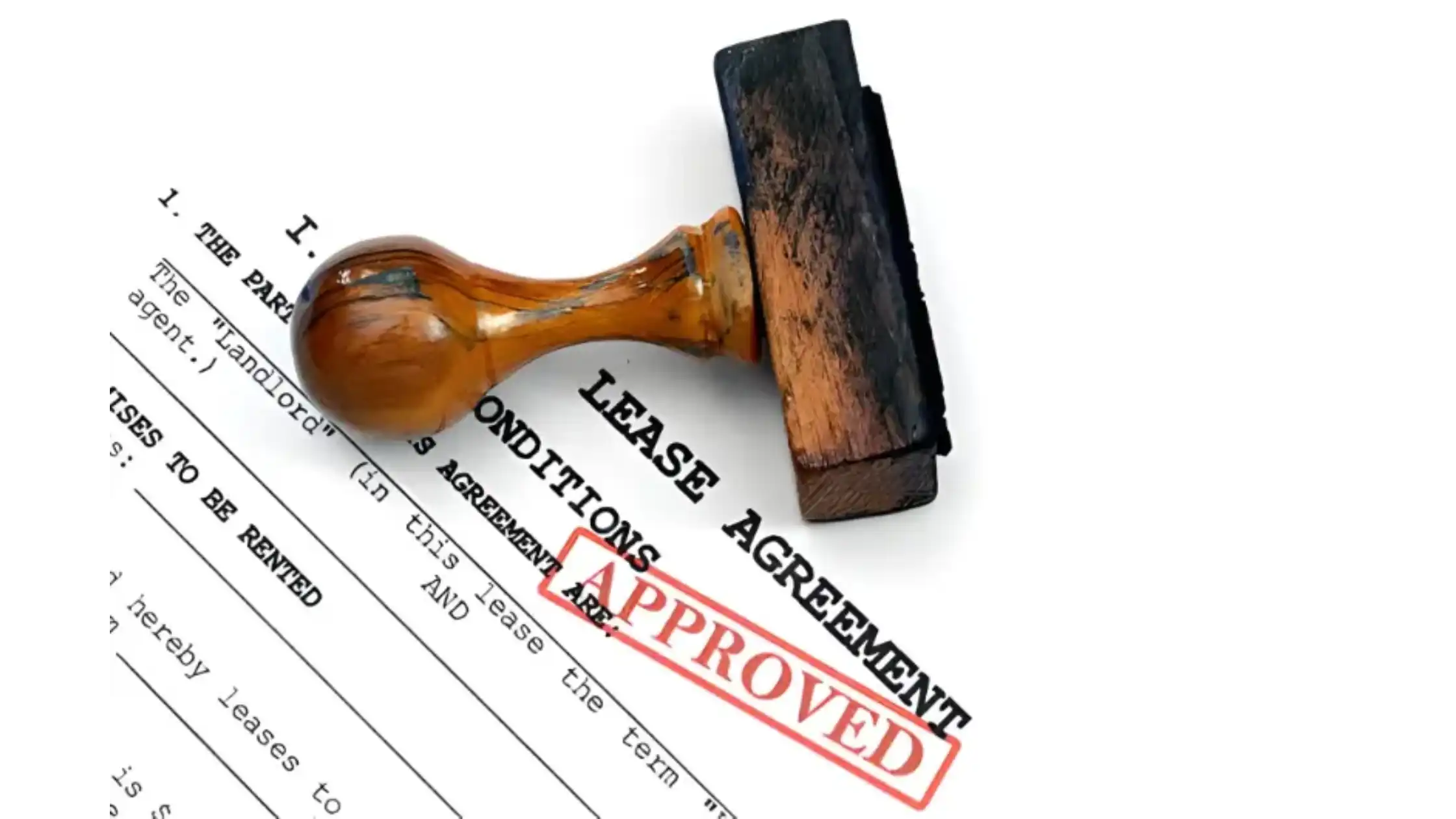
Tenants can present their insurance proof in multiple ways. Here are several ways you can refer to:
- You can send proof by email. Many landlords prefer a PDF of your renters insurance declaration page because it shows the full coverage details.
- Handing over a paper copy when signing your lease or renewing it works too. Keep one copy to give when requested.
- Uploading your proof using rental apps or property management sites is another easy way. These tools send your documents to landlords fast and keep everything organized.
- Some landlords accept a call to confirm coverage, but this is less reliable. Written proof from your insurer or policy is safer and clearer.
Renters Insurance Verification Process
Landlords play a crucial role in ensuring tenants maintain valid renters insurance. This helps reduce risks linked to damages, liability, or loss. Following a clear verification process protects landlords and supports tenants’ compliance.
Step 1: Specify Insurance Requirements in the Lease
Start by writing clear insurance rules in the lease. Say what kind of coverage tenants need. For example, require a minimum of $100,000 liability and $20,000 for personal property. Also, say what type of proof of renters insurance tenants must give, like the renters insurance declaration page. Clear rules stop confusion later.
Step 2: Collect Proof of Insurance at Lease Signing
Before tenants move in, ask for their insurance proof. Most landlords want the declaration page of renters insurance. This shows the policy number, coverage dates, insurer, and limits. You can take a paper or digital copy. Never let tenants move in without proof. It lowers your risk.
Step 3: Confirm Coverage with the Insurance Provider
Once you have proof, call the insurance company to check it’s real. Give them the tenant’s name and policy number. Ask if the policy is active and meets your rules. Some landlords use online tools that check insurance automatically. This step catches fake or expired policies.
Step 4: Track Policy Renewal Dates
Renters insurance lasts about a year. You must watch when it ends. Make a list of dates to remind tenants to renew their insurance and show new proof. If a policy lapses, you take a big risk. Use calendars or software to track this easily.
Step 5: Enforce Non-Compliance
Tell tenants what happens if they don’t keep insurance. Put this in the lease. You can charge fees, give warnings, or even end the lease. For example, a tenant who doesn’t show updated proof after reminders may face lease termination. Enforce rules fairly but firmly.
Step 6: Use Automated Verification Tools
Managing many tenants’ insurance is easier with software. Automated tools collect proof, check with insurers, and remind tenants to update coverage. Many landlords use services like LeaseRunner to do this fast and well. This saves time and avoids mistakes.
By following our clear suggested steps, landlords protect their property. Tenants know what proof they must give and when. This makes renting safer and simpler for all.
State-Specific Rules on Proof of Renters Insurance

Laws about renters insurance vary by state. Landlords must know their state rules to set fair lease terms. Tenants should also understand if their state or landlord requires proof of renters insurance. Below is an overview of four states: California, Oregon, Virginia, and Oklahoma.
California
In California, landlords have the legal right to require tenants to carry renters insurance. This means the lease can include a clause that makes renters insurance mandatory. Many landlords use this rule to protect their buildings and their financial interests.
Tenants must provide proof of renters insurance when signing a lease or renewing it. The most common form of proof is the renters insurance declaration page, which shows the insurance company, policy number, coverage dates, and limits. Sometimes, landlords accept an official insurer notice or a certificate of insurance as proof.
For example, if you rent an apartment in Los Angeles, your landlord might ask for your declaration page before you move in. If you don’t provide this proof, the landlord may delay move-in or ask you to buy insurance immediately. Many California landlords use services like LeaseRunner to monitor insurance proofs and keep tenants compliant.
Oregon
Oregon does not have a law requiring renters insurance statewide. However, landlords can require it by adding a clause in the lease agreement. This means most Oregon leases specify whether renters insurance is compulsory.
Sponsors of rental units in Portland or Eugene often require tenants to show evidence of insurance to reduce risk. Without insurance, tenants may face more financial liability for loss or damage.
Typically, tenants prove coverage with the renters insurance declaration page, but some landlords accept letters from the insurance company. In Oregon, it’s common for landlords to request updated proof every year at lease renewal.
Virginia
Virginia does not require renters insurance by law, but landlords can include insurance requirements in leases. Many landlords want tenants to provide proof of renters insurance, especially for liability protection.
In Richmond or Fairfax, landlords often ask for proof of renters insurance at lease signing. They may request the declaration page, renters insurance, or an insurer’s confirmation letter.
Tenants should be ready to show proof when signing a new lease or renewing. Failure to provide proof can lead to lease violation notices or termination.
Oklahoma
Oklahoma does not require renters insurance by law. Still, landlords can make it a lease condition. Tenants in Oklahoma may be asked to submit proof of renters insurance if the lease requires it. Usually, the renters insurance declaration page is enough. However, some landlords may want to see the tenant listed in the policy or receive notices about cancellations.
Since renters insurance laws are limited here, tenants should carefully read leases. Having insurance and showing proof can protect tenants from large losses, even if not mandatory. Using tools like LeaseRunner can help landlords track verification and keep tenants informed.
Conclusion
Getting and showing proof of renters insurance is key for tenants and landlords. It protects belongings and lowers risks. Tenants should keep their renters insurance declaration page ready and can list landlords as interested parties for easy proof. Landlords should track and verify insurance to protect property year-round.
Whether asking how to get proof of renters insurance or if it can show residence, knowing the facts helps prevent problems. At LeaseRunner, we help landlords and tenants handle insurance proof smoothly so everyone stays safe. Start today by gathering your proof and confirming coverage to keep deals clear and secure.
FAQs
Is Renters Insurance Proof of Residency?
No, it isn't. Renters insurance usually does not count as legal proof of where you live. While your renters insurance document shows your address, it is mainly to verify coverage for that location.
Legal proof of residence often requires documents like a lease agreement, utility bills, or government-issued IDs. For example, a landlord or a government office will not accept renters insurance as proof when you apply for a driver’s license or voter registration.
Is Renters Insurance Mandatory?
No. Renters insurance is not a law that applies everywhere. Many states do not force tenants to have it by law. However, many landlords make it a condition in their lease agreements. They want tenants to carry renters insurance to protect personal belongings and cover liability risks.
Even if it is not mandatory, it is wise for tenants to buy renters insurance. It helps cover losses from theft, fire, or accidents.
Can Landlords Require Renters Insurance in California?
Yes, landlords can require tenants to have renters insurance by including it in the lease contract. The lease will specify the minimum coverage needed and the type of proof of renters insurance that tenants must submit.
For example, landlords often ask tenants to provide the declaration page as proof. Tenants must keep coverage active for the lease term and show updated proof if asked, protecting both parties from financial risks during the rental period.
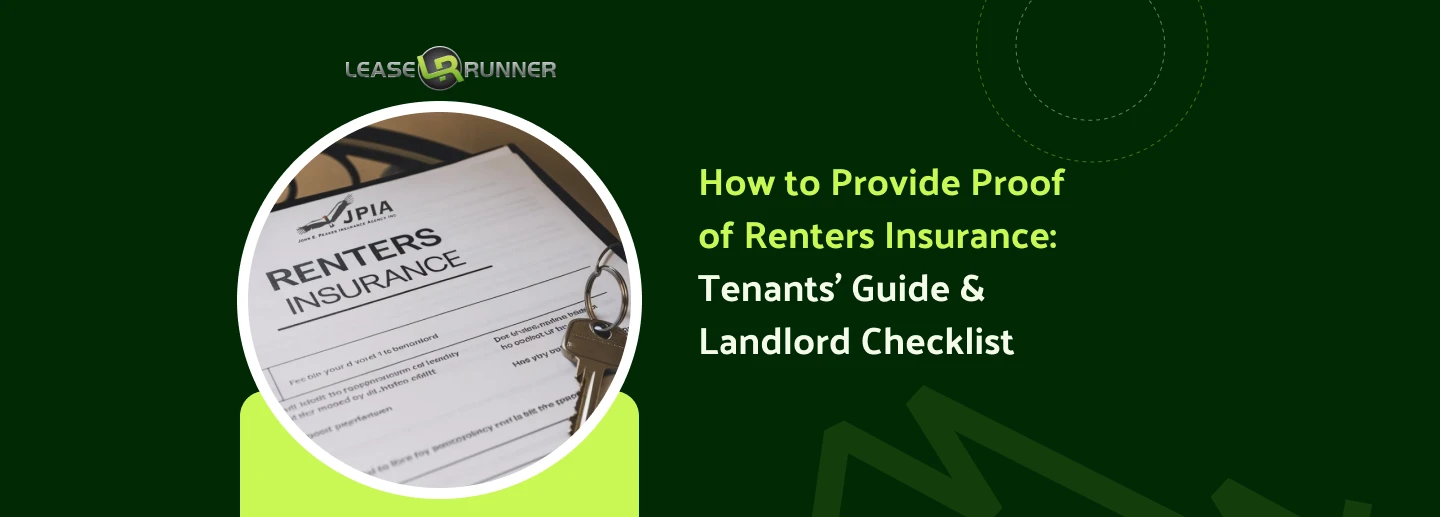



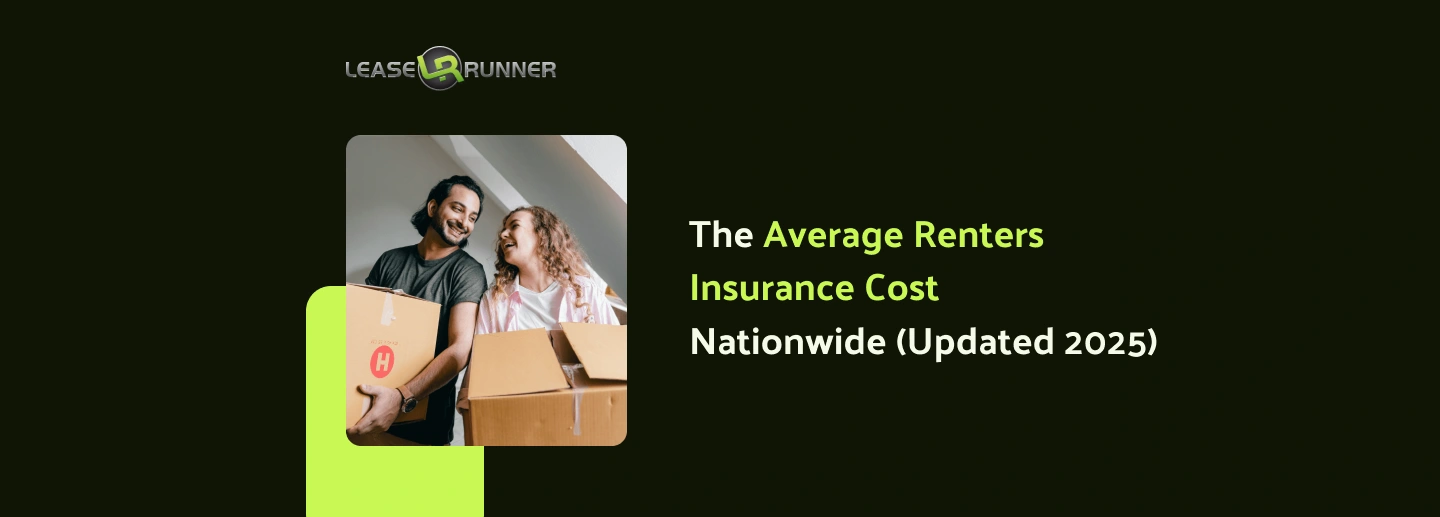
![Does Renter’s Insurance Cover Property Damage? [Must-Read 2025]](https://www.leaserunner.com/storage/292/01K0SAY9HXSZDPSXY0WMX45Y5A.webp)

